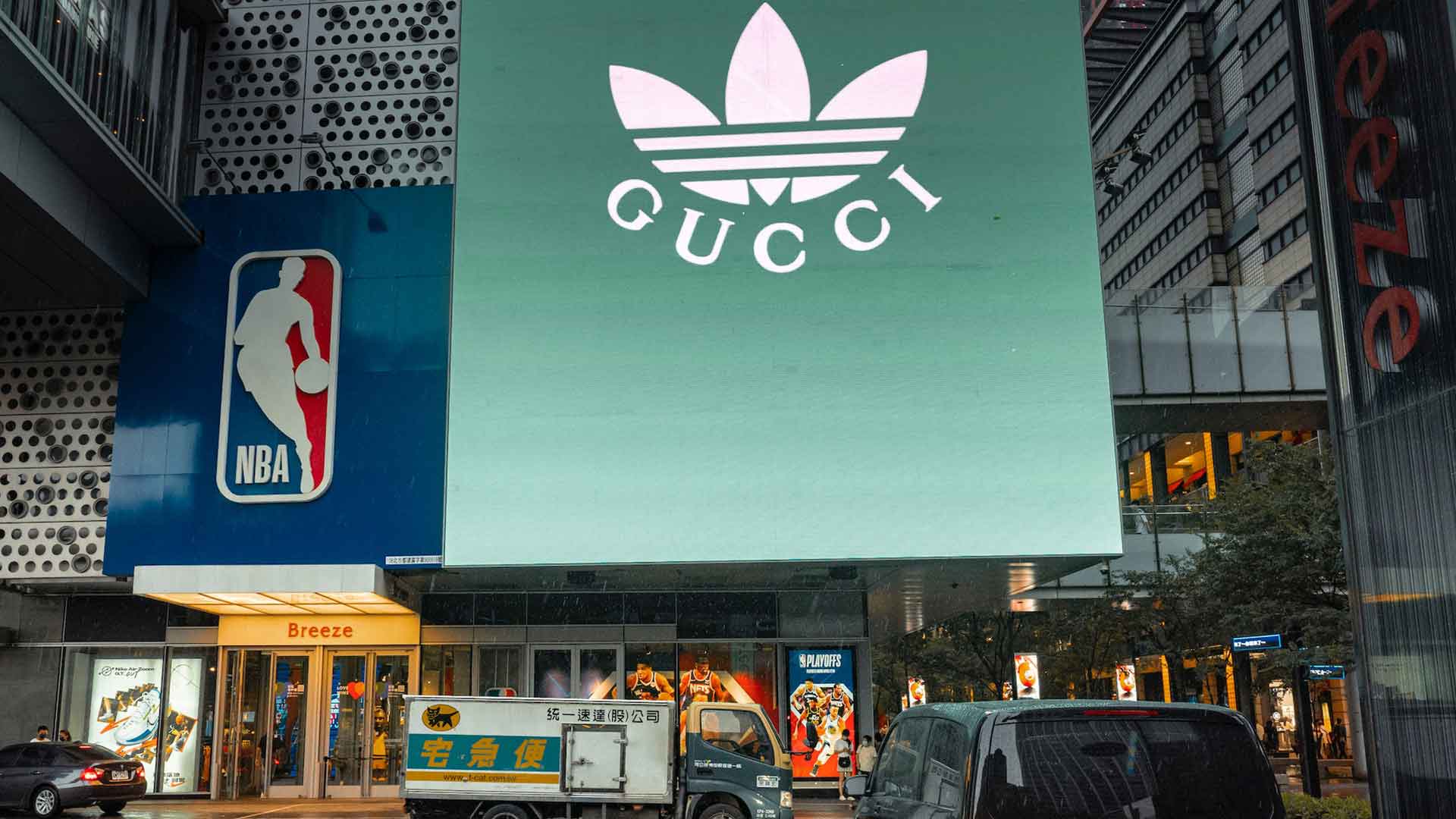Power Pairs: The Magic of Brand Partnerships
August, 2023
In the ever-evolving landscape of branding, two heads (or brands) can indeed be better than one. Brand partnerships, when executed correctly, can generate buzz, extend reach, and mutually benefit both parties involved. But what does it take to forge a successful brand partnership? Let’s dive in.
1. What are Brand Partnerships?
At its core, a brand partnership is when two companies join forces for a promotional campaign. This union can take many forms – from co-created products and joint events to shared ad campaigns and cross-promotional efforts. The idea is to combine strengths, enhancing value for their shared audience.
2. Why Brand Partnerships Work
- Shared Audiences: Often, brands target similar or overlapping demographics, making a partnership beneficial in reaching a combined audience.
- Resource Efficiency: Two brands working together can pool resources, both financially and creatively.
- Enhanced Credibility: Aligning with a reputable brand can boost the trust factor and lend credibility, especially for newer or less-established brands.
- Innovative Offerings: Collaboration can lead to unique product or service offerings, creating buzz and differentiation in the market.
3. Iconic Brand Partnerships
- Spotify & Starbucks: Starbucks replaced its in-store music CDs with a Spotify-powered music experience, letting customers influence the playlist and discover music on the coffee giant’s Spotify channel.
- GoPro & Red Bull: This partnership felt natural with both brands championing adventure and extreme sports. Their collaborative events and content, like the Stratos Space Jump, achieved massive media attention.
- Uber & Spotify: Riders could connect their Spotify accounts to their Uber apps and become their trip’s DJ, elevating the ride experience.
4. Keys to Successful Brand Partnerships
- Aligned Values: The most crucial aspect is shared values and a mutual understanding of the partnership’s goals.
- Clear Communication: Both brands need open channels of communication to ensure a seamless collaboration and consistent messaging.
- Mutual Benefit: Each brand should bring something valuable to the table and benefit equally from the partnership.
- Flexibility: Brands must be adaptable and willing to adjust the partnership based on feedback and results.
5. Navigating Potential Pitfalls
- Mismatched Brand Images: An upscale luxury brand might not mesh well with a budget brand, even if their products are complementary.
- Unequal Effort: If one brand feels they’re doing the heavy lifting, it can lead to friction.
- Mixed Messages: Both brands should maintain consistent messaging to avoid confusing their audience.
Brand partnerships, when thoughtfully executed, can be a game-changer. They offer brands an opportunity to break through the noise, innovate, and provide enhanced value to their audience. However, like any relationship, success lies in mutual respect, clear communication, and shared goals. So, before you jump in, ensure that the partnership aligns with your brand’s ethos and can deliver mutual benefits.

Regular Animal is a Miami-based creative agency dedicated to create content that makes exceptional brands shine. We bring your brand to life through Right Thoughts, Right Words, Right Actions™—inspiring branding, sleek graphic design, user-friendly websites, and compelling copywriting.
 Skip to main content
Skip to main content
